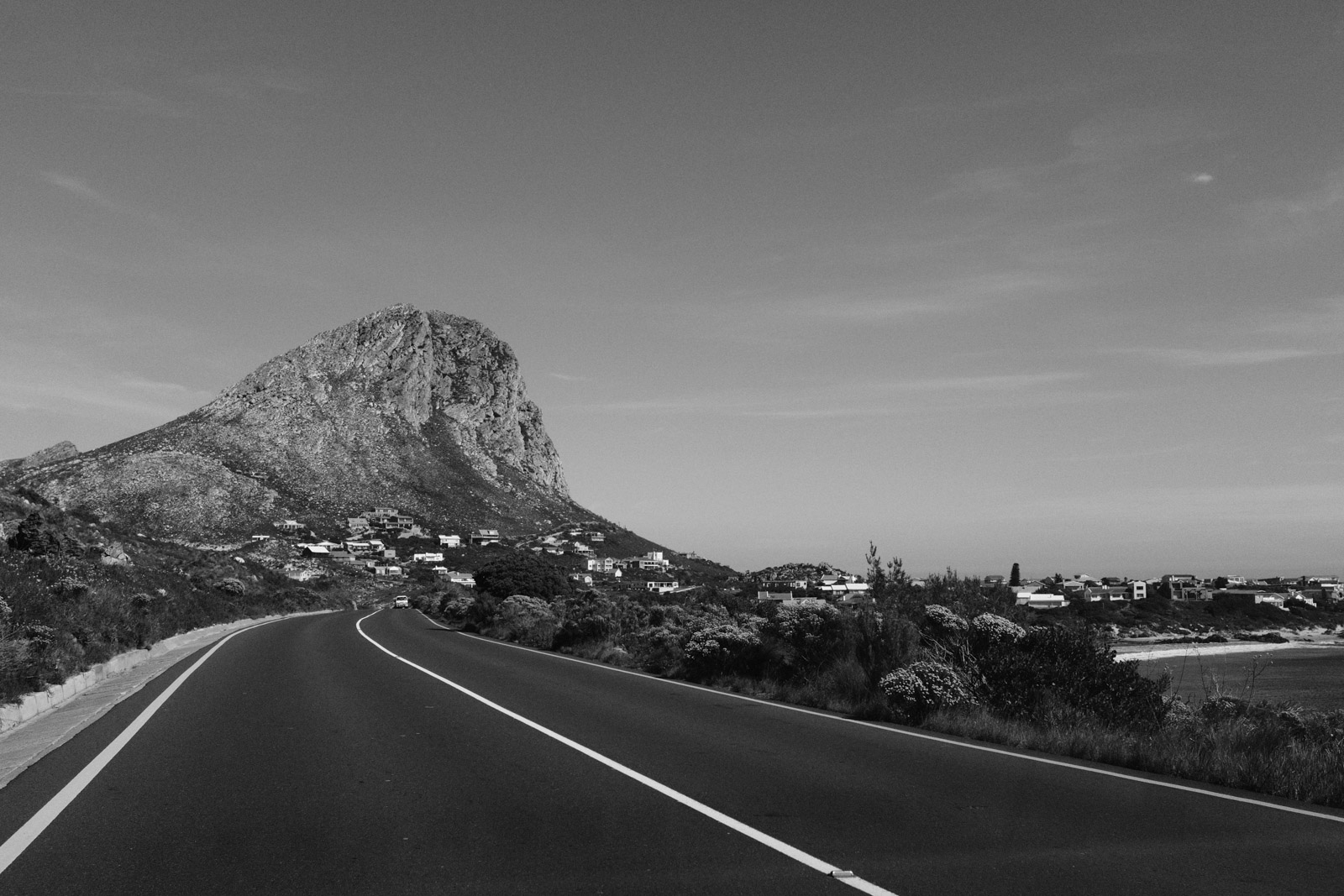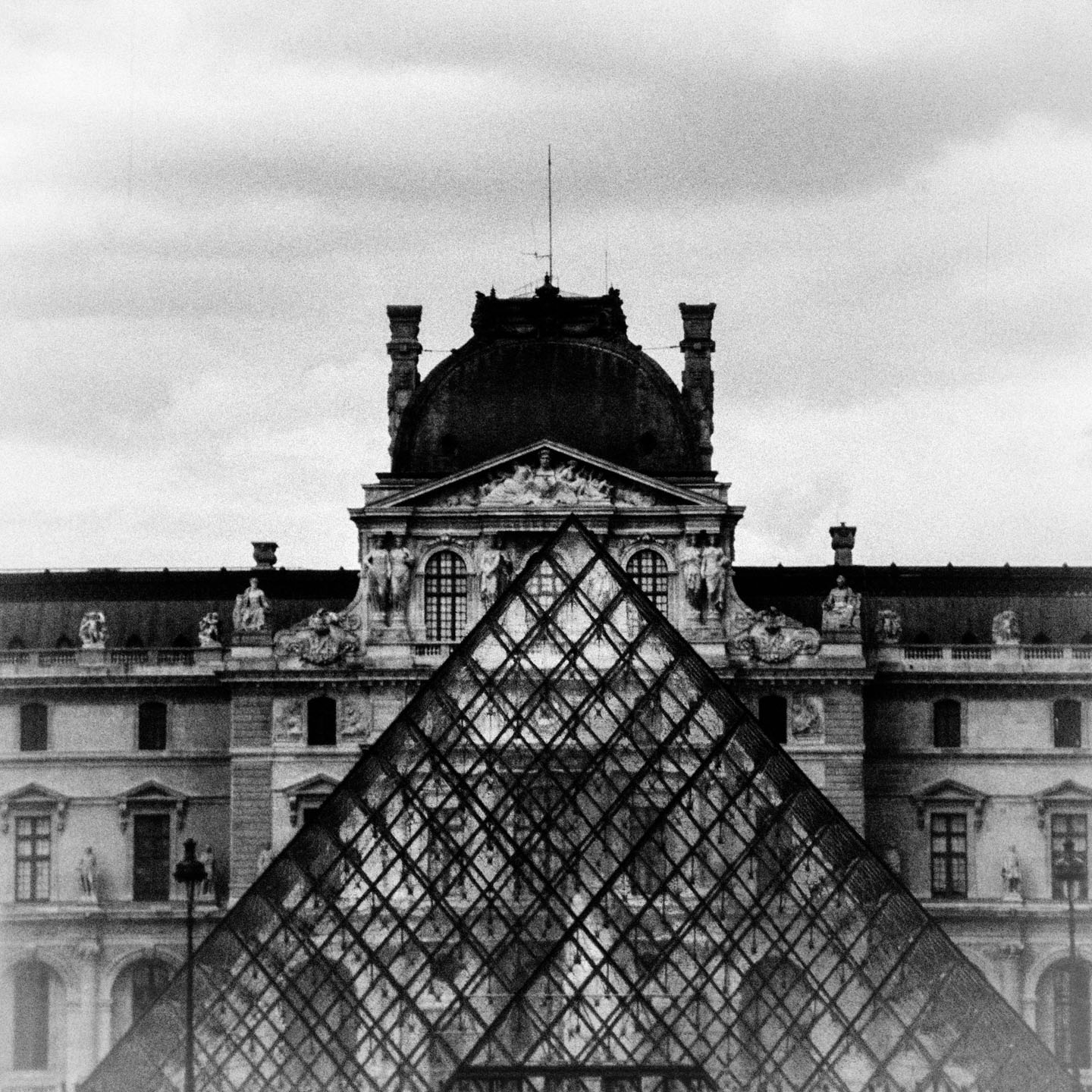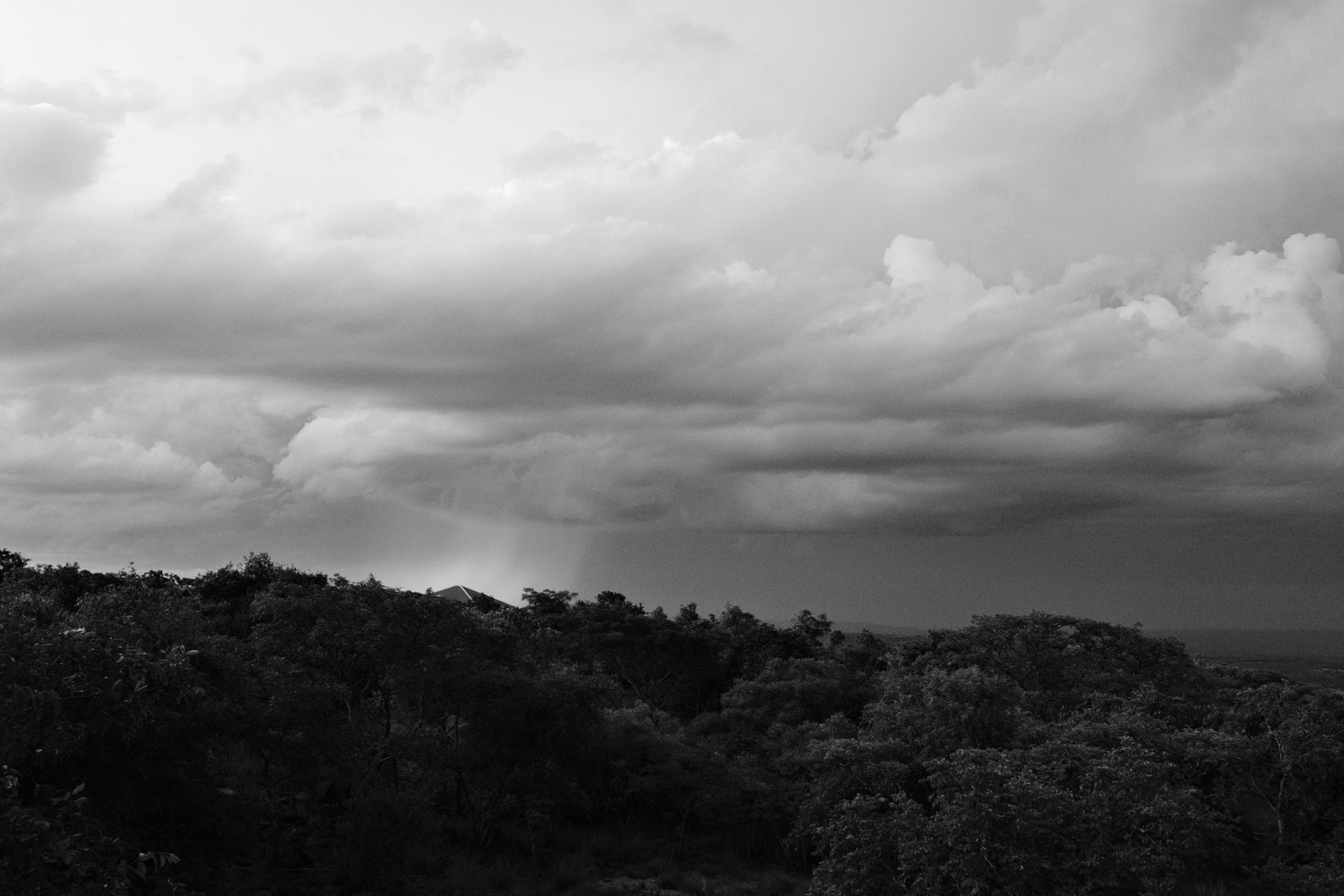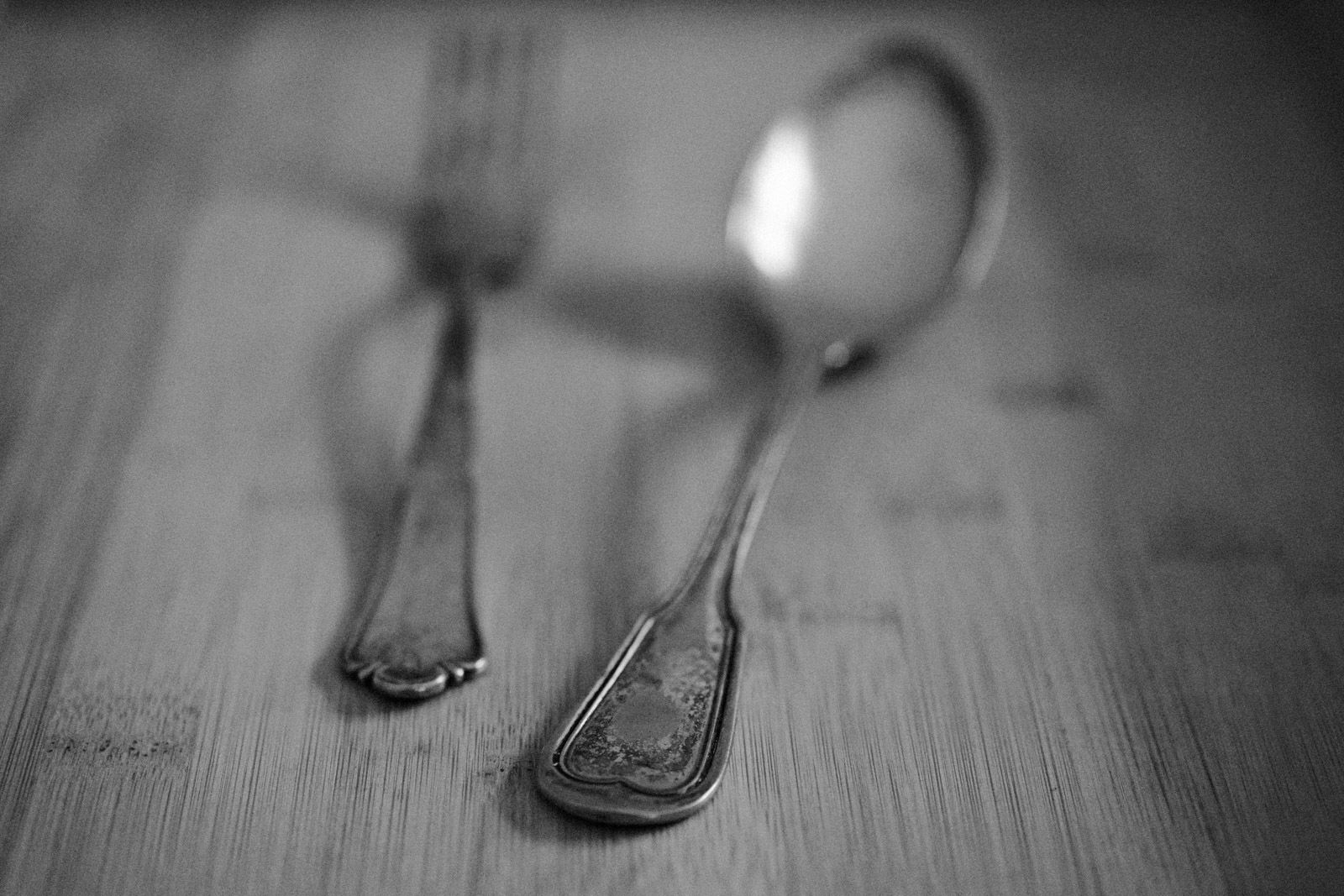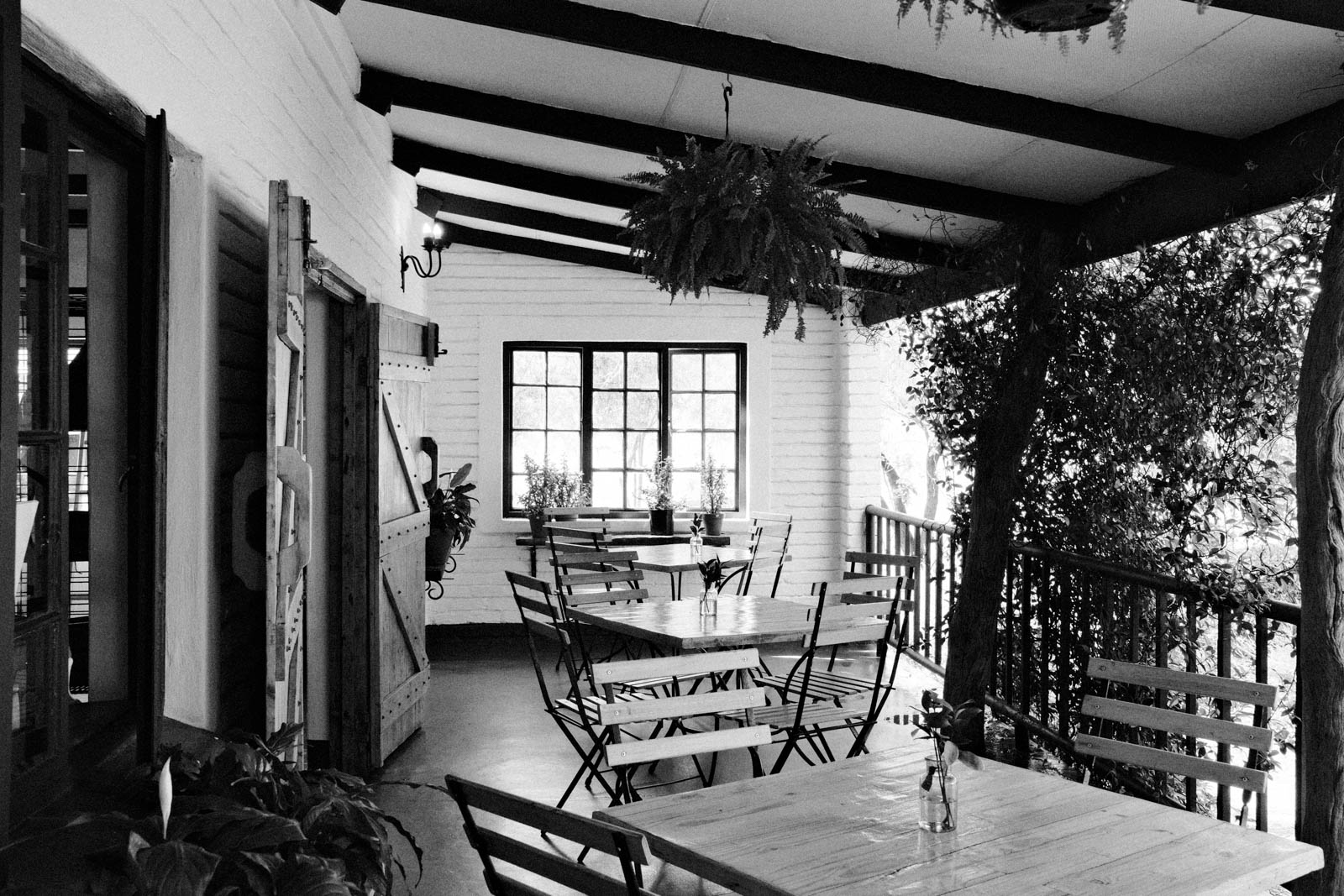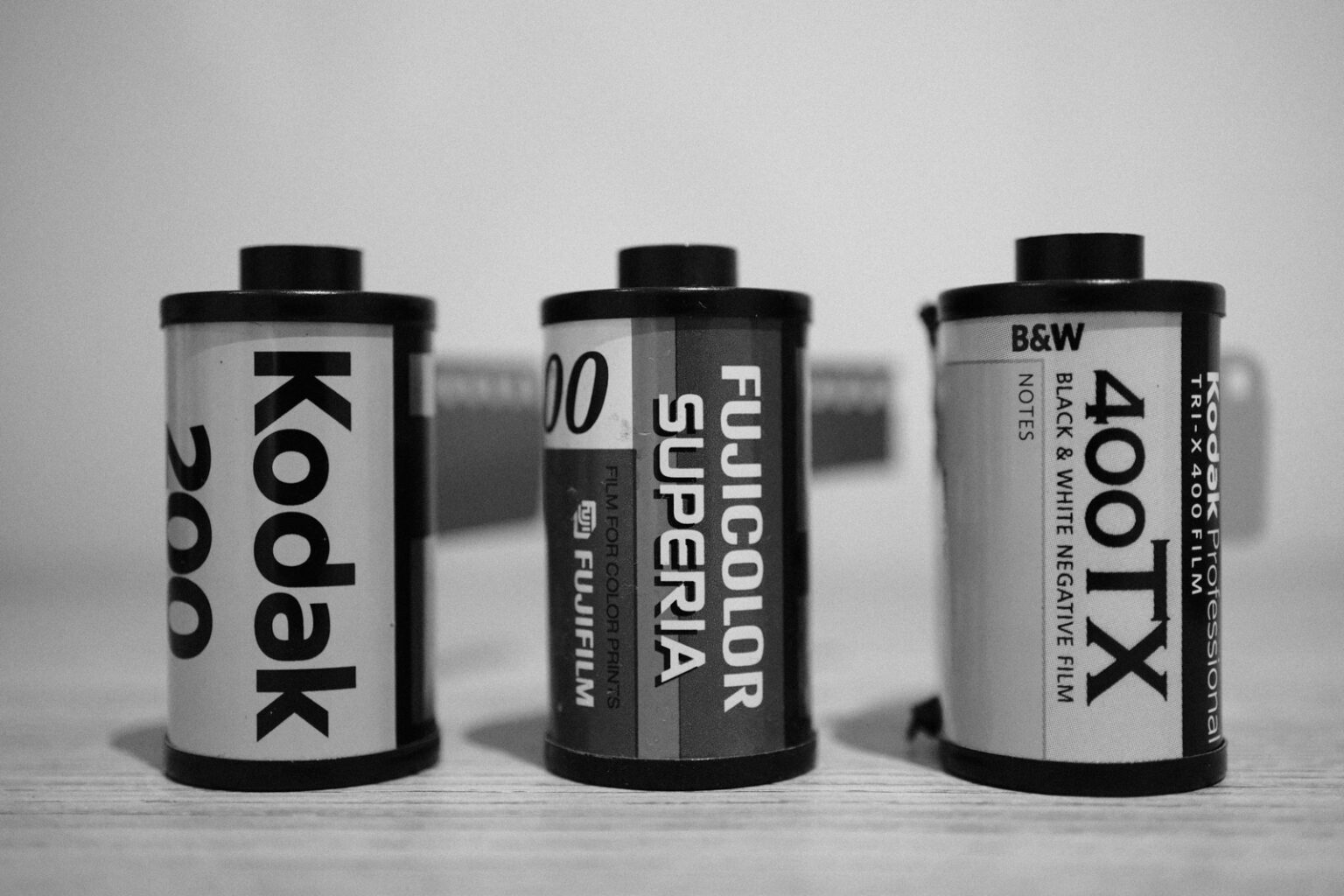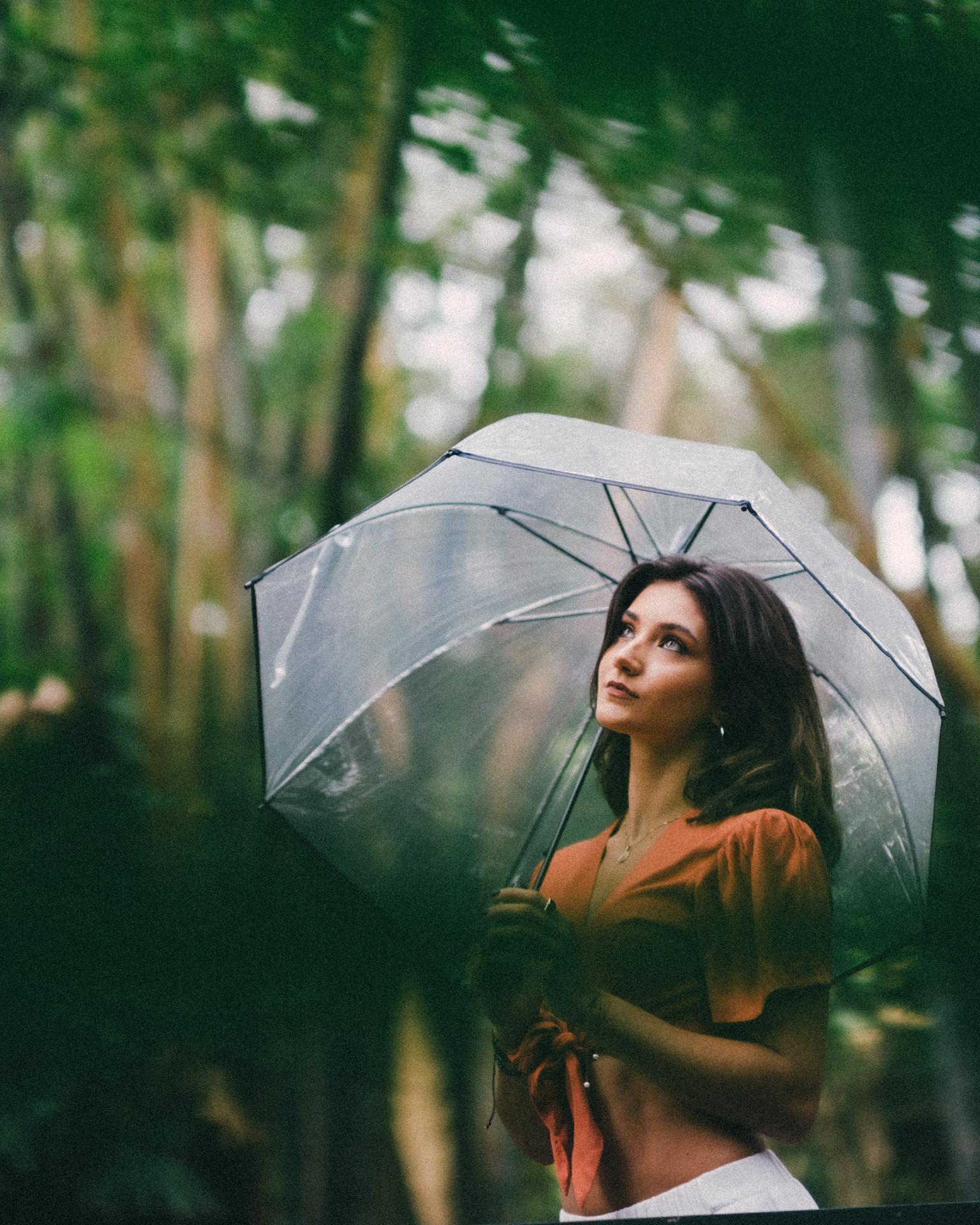Who is scared of High ISO?
By Fujifilm Ambassador, Nathalie Boucry
What you are about to read is not intended to be a technically exhaustive explanation about how images are created in low light and why noise and grain occur in photographs. The following is merely a brief and simplified explanation of why you should not be afraid to shoot in high ISO with your Fujifilm camera, especially when you are shooting in Acros.
Okidoki, let’s jump right in.
One of the first rules we come across in our photography journey is, that, in order to achieve well exposed, clean and sharp images, we should try to keep ISO as low as possible and err on the side of caution when dialling up the sensitivity setting.
Why? I’ll try to keep it simple.
In digital photography, high ISO introduces the occurrence of ugly, unwanted artifacts that make an image noisy (there, I said it! NOISE! The word that sends shivers down a photographer’s spine). It makes an image look soft and shows up as messy dots, which are most noticeable in the dark shadow areas (luminance noise). Chromatic noise is particularly disturbing because the unwanted artifacts show up as randomly coloured pixels that do not fit with the rest of the image. They occur because, most likely, we took a photograph in low light with increased sensor sensitivity (higher ISO) which also increases the electrical charge that runs across it.
As I said, there are many more, more detailed and more technical explanations, but for the purpose of this article, let’s put a pin in it here.
In film photography, noise is referred to as grain which is different, yet similar. Film grain is what happens after light-sensitive silver halide of a film’s emulsion is exposed to light and turns into visible silver crystals. The higher the film speed the bigger the crystals. What becomes visible as grain in film photography is therefore not too dissimilar from noise in digital photographs.
But here’s the thing – film grain is not uniform. It appears randomly on the image and the grains have different shapes and sizes. And, in particular in black and white photography, it adds texture and depth to an image, therefore is wanted and artistically pleasing. It certainly gives black and white film photographs a certain romantic look and feel.
Do you get the idea? Noise bad… Grain good!
(You can also check out this Soundbite from Season 01 Episode 05 of SOOC where Ritchie Roesch and I discussed the difference between noise and grain.)
Fujifilm has made a name for itself in the development of their colour science and their cameras’ excellent performance in low light. Apart from the technical details, Fujifilm jpegs shot in high ISO still look great. The geniuses at Fujifilm have a long history of working with actual film and have managed to incorporate their experience into their mirrorless cameras and the results they deliver in low light or high ISO’s. Fujifilm noise looks more like grain and, as we now know, adds to the nostalgic analogue film look.
We even go further than just liking these imperfections now. We add grain back into an image because we like it that much. In addition to including the appearance of grain in the various film simulations, the “Grain Effect” setting was, as far as I know, first introduced in the X-Pro 2. Adding “grain” to your images is a great way to make them look less processed, less digital and more film-like. This means that we can achieve grainy, more analogue-like looking images, even when shooting in low ISO’s.
Continue reading here: www.blog.nathalieboucry.com/who-is-scared-of-high-iso/

